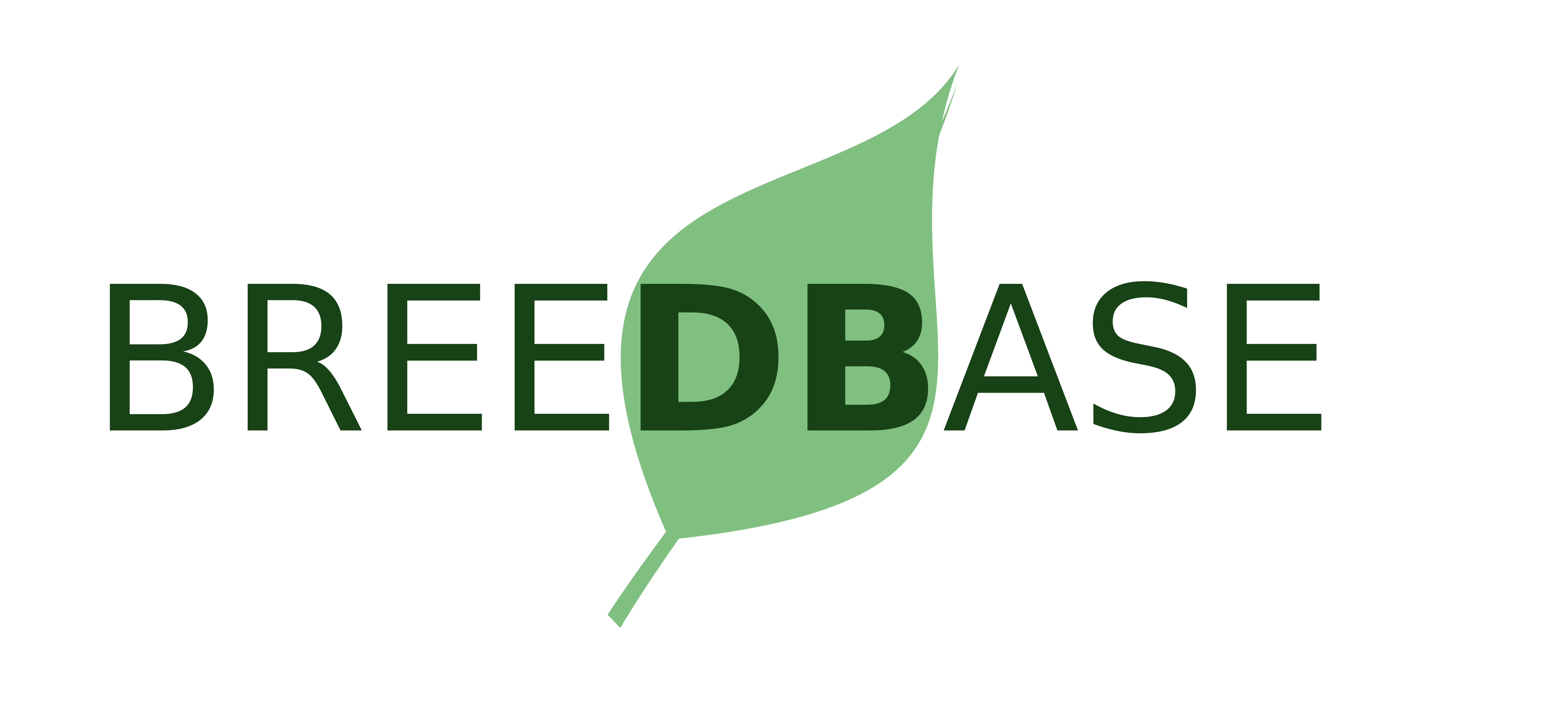L. pennellii Introgression lines (ILs)Congenic lines that differ in a single defined chromosome segment are useful for the study of complex phenotypes, as they allow isolation of the effect of a particular quantitative trait locus (QTL) from those of the entire genome. We developed a set of Lycopersicon pennellii-derived introgression lines (ILs) that together cover the entire genome in the background of L. esculentum Var. M82. This resource is very powerful for the study of genes affecting complex phenotypes. The second generation IL population is composed of 76 ILs (the 50 original lines and 26 new ILs), each containing a single introgression from L. pennellii (LA 716) in the genetic background of the processing tomato variety M82. The IL map was connected to the high-resolution F2 map composed of 1500 markers. This was achieved by probing all of the specific chromosome lines with the RFLP markers from the framework F2 map. A total of 614 markers were probed and the ends of the introgressions were mapped with the resolution of the F2 map. The L. pennellii introgressed segments appear as solid bars in which the boundary edge of each segment is indicated by inclusive (+) and exclusive (-) RFLP markers. All ILs are homozygous for the introgressed segment except for part of IL8-1 (dashed line). Bins are designated by the chromosome number followed by a capital letter and indicate a unique area of IL overlap and singularity; it is important to note that some of the bin designations might change as more probing is done. Molecular and genetic markers are indicated to the right of each chromosome and the genetic distances (in cM) according to Tanksley et al. (1992) are indicated to the left. Seed of the second generation ILs is presently being increased by The C.M. Rick Tomato Genetics Resource Center, University of California Davis and the ILs were assigned accession numbers LA4028 - LA4103.
IL References Eshed Y, M Abu-Abied, Y Saranga, D Zamir (1992) Lycopersicon esculentum lines containing small overlapping introgressions from L. pennellii. Theor Appl Genet 83:1027-1034 Eshed Y and D. Zamir (1994) Introgressions from Lycopersicon pennellii can improve the soluble-solids yield of tomato hybrids. Theor Appl Genet 88:891-897. Eshed Y and D. Zamir (1994) A genomic library of Lycopersicon pennellii in L. esculentum: A tool for fine mapping of genes. Euphytica 79:175-179. Eshed Y and D Zamir (1995) An introgression line population of Lycopersicon pennellii in the cultivated tomato enables the identification and fine mapping of yield associated QTL. Genetics 141:1147-1162. Eshed Y and D Zamir (1996) Less than additive epistatic interactions of QTL in tomato. Genetics 143:1807-1817. Eshed Y, G Gera and D Zamir (1996) A genome-wide search for wild-species alleles that increase horticultural yield of processing tomatoes Theor Appl Genet 93: 877-886. Zamir D and Y Eshed (1998) Tomato genetics and breeding using nearly isogenic introgression lines derived from wild species. in: Molecular Dissection of Complex Traits. ed. AH Paterson. CRC Press Inc. Fl. 207-217. Qilin P, Yong-Sheng L, Budai-Hadrian O, Sela M, Carmel-Goren L, Zamir D and R Fluhr (2000) Comparative genetics of NBS-LRR resistance gene homologues in the genomes of two dicotyledons: tomato and Arabidopsis. Genetics 155: 309-322. Fridman E, Pleban T and D Zamir (2000) A recombination hotspot delimits a wild species QTL for tomato sugar content to 484-bp within an invertase gene. Proc Natl Acad Sci USA 97: 4718-4723. |

